We all know about bear hibernation and tortoise hibernation, but did you know that there are a number of British animals that also go into a state of dormancy during the winter months?
In this guide we take a closer look at the different types of dormancy, namely hibernation and torpor, before exploring some of the species that go into a state of dormancy in winter, such as hedgehogs, bats and hazel dormice.
Winter wildlife guide
The short, sparkling days and long, cold nights of winter are perfect for wildlife watching. But which species of animal can be seen and heard in winter, and where are the best places in the UK to experience winter wildlife spectacles?
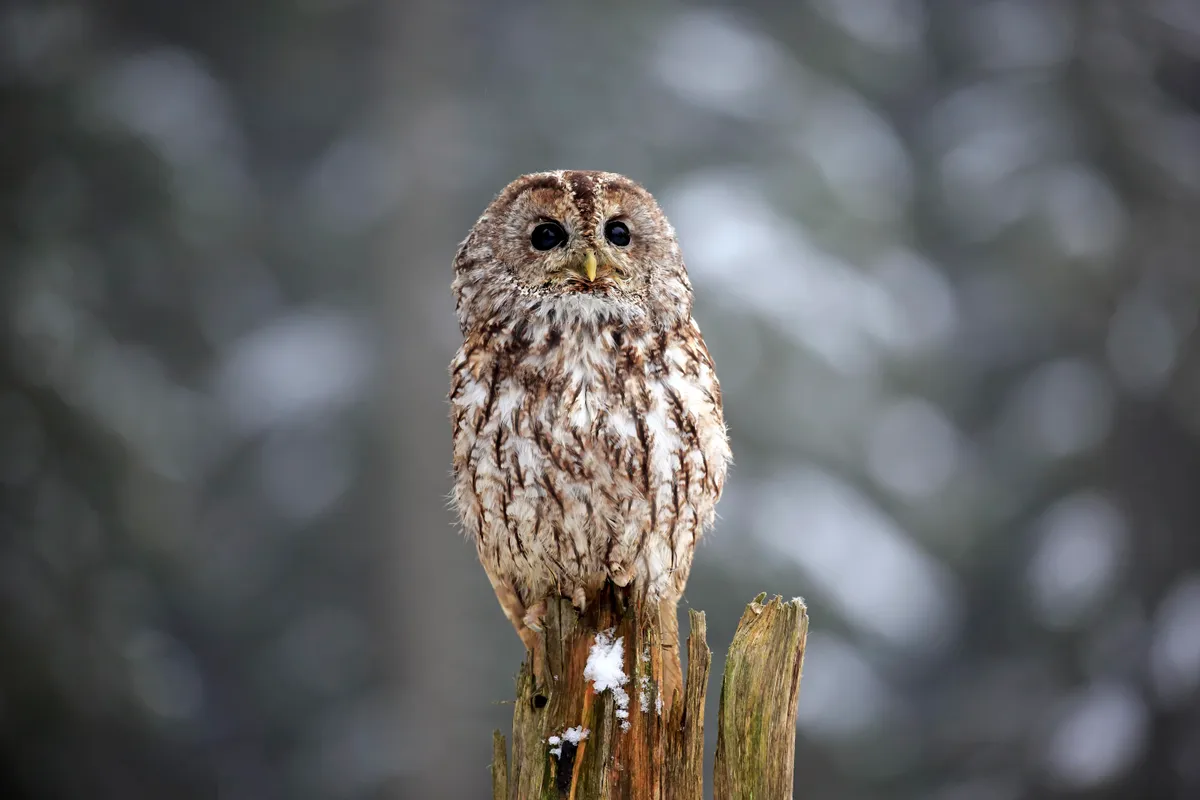
Hibernation vs torpor
Hibernation is often used as a catch-all term to describe the inactivity of animals over winter, but there’s actually a scientific difference between the types of dormancy.
The most similar form of dormancy to hibernation is torpor, which is essentially a short-term version of hibernation and is much quicker to wake up from.
However, hibernating animals do still wake up during winter, to feed, drink, defecate and even move location.
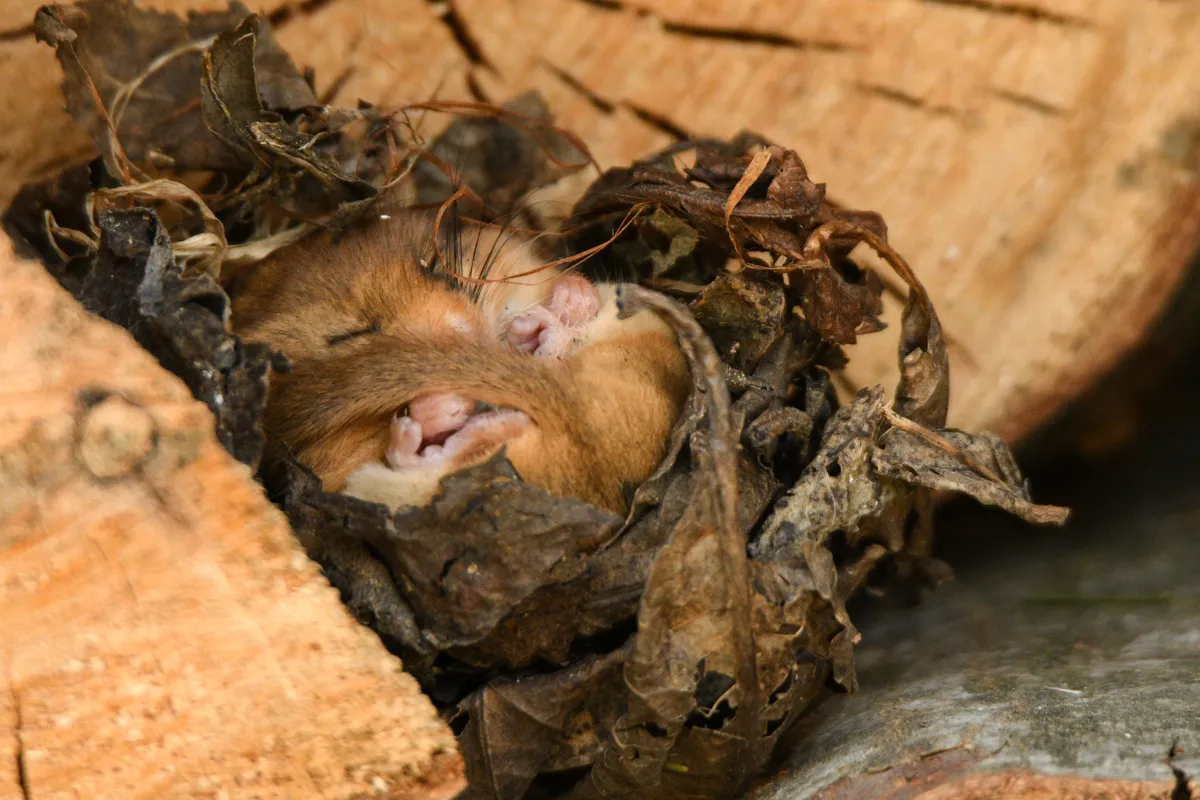
Only one bird is known to truly hibernate: the common poorwill. A relative of the European nightjar, it is able to reduce its body temperature to just 5°C and its oxygen intake by 90%.
In insects, hibernation is an example of diapause, where there is a delay in development. However, many publications and scientists refer to it as hibernation for ease of communication.
Prepare your garden for autumn and winter birds
Providing natural food and shelter for garden birds can make a huge difference to species survival in the colder months. Our guide explains how to make your garden bird-friendly this autumn and winter.
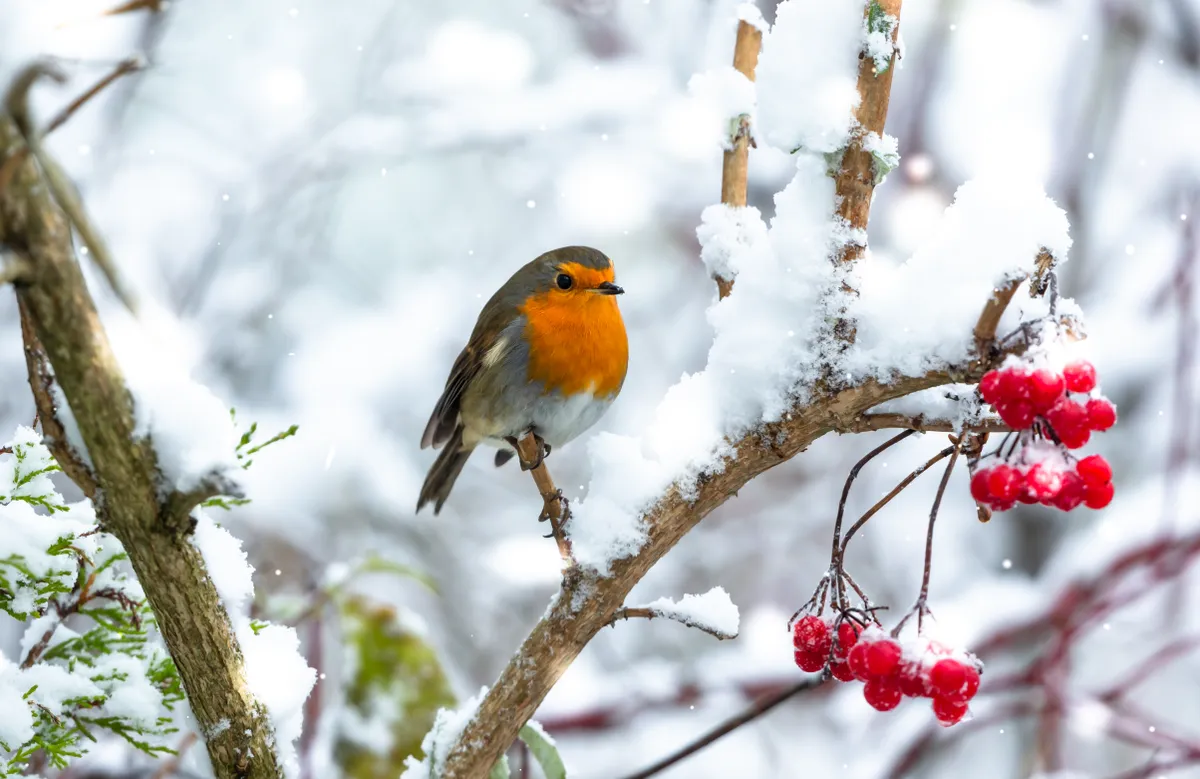
Which British animals hibernate?
European hedgehog (Erinaceus europaeus)
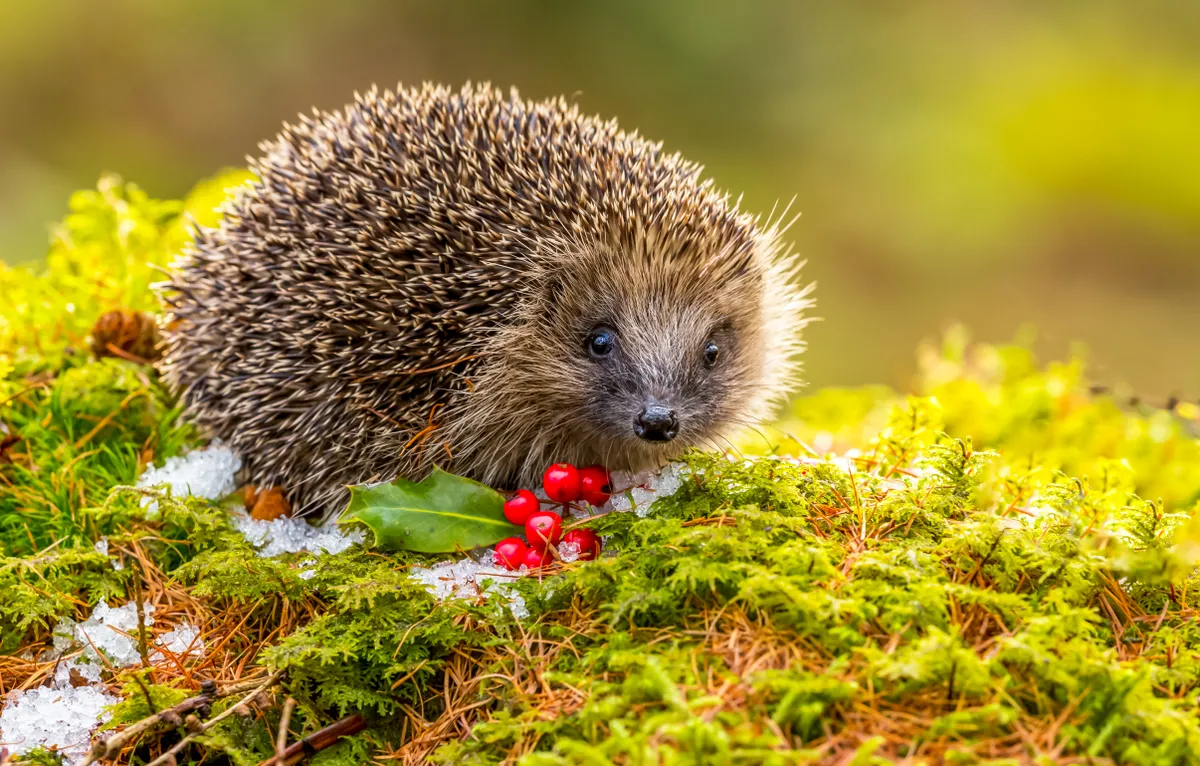
One of the few UK species that enters true hibernation, a hedgehog builds a nest called a hibernacula in which it spends the winter. Once settled, its body temperature can drop to below 10°C and its heart rate to just 20 beats per minute. However, don’t be too alarmed if you do spot one shuffling about in the colder months, as they are known to move between hibernating spots and to forage in mild weather. If it looks unwell, or you are worried, it’s best to follow the advice of the British Hedgehog Preservation Society. Hedgehogs usually come out of hibernation in March/April.
Bats (Chiroptera)
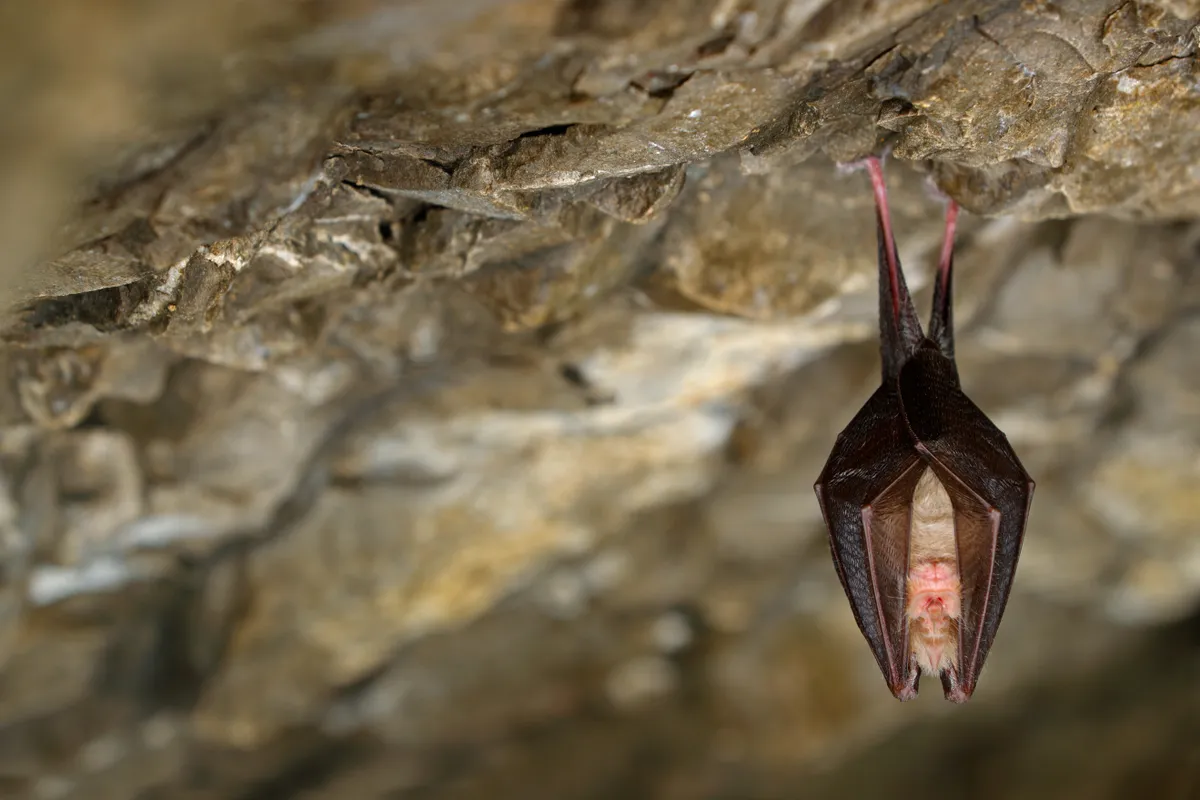
Bats hibernate through winter from November onwards and then start to emerge on warm nights in early spring to begin feeding. For hibernation, they use different roost sites than in spring and summer. They need somewhere with stable and cool temperatures, such as caves, tunnels and mine shafts. However, it’s still unknown where our two most abundant species – common and soprano pipistrelles – spend the colder months, as there are very few records of them in winter.
Hazel dormouse (Muscardinus avellanarius)
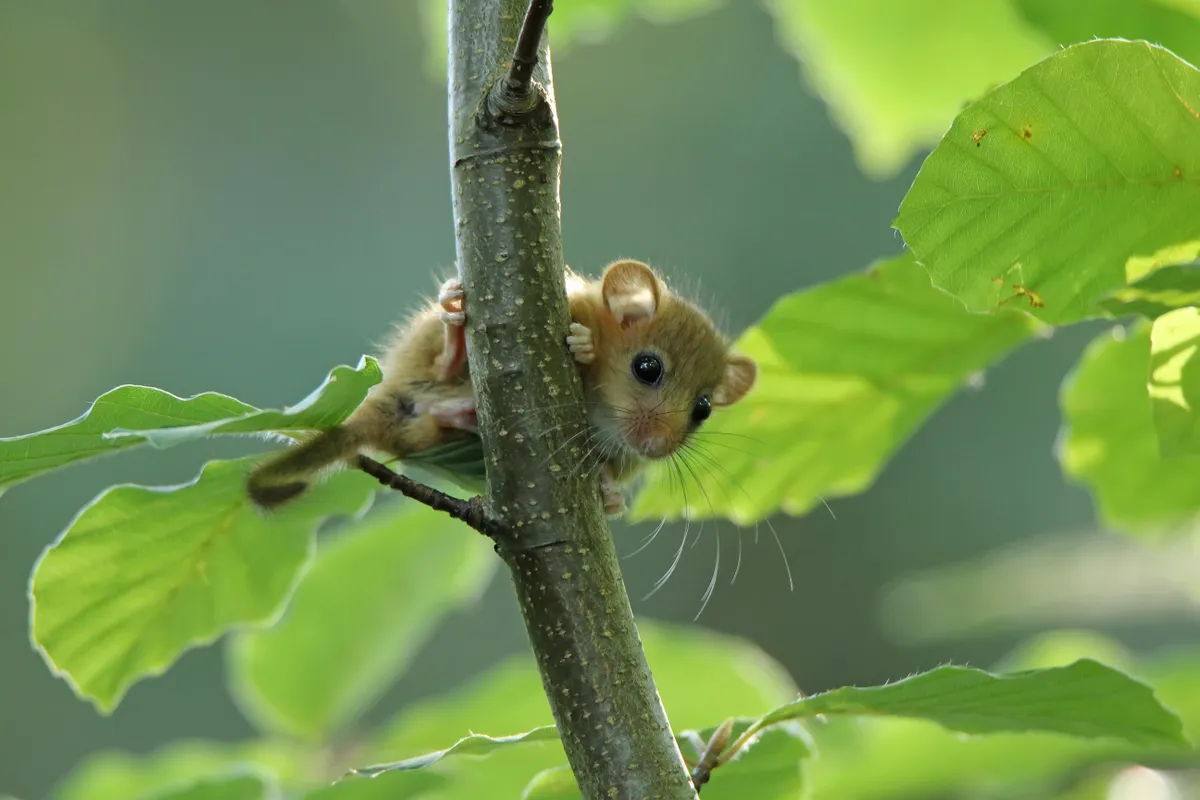
Usually found in the tops of trees, the hazel dormouse descends to ground level to hibernate in a woven and sealed nest. During hibernation, a dormouse will lose 30% of its bodyweight, and scientists believe one needs to weigh at least 15-18g in order to survive the winter. Outside of winter, a dormouse can also enter torpor if food is scarce or the weather is too poor for foraging. They can spend a staggering three-quarters of the year asleep.
European edible dormouse (Glis glis)
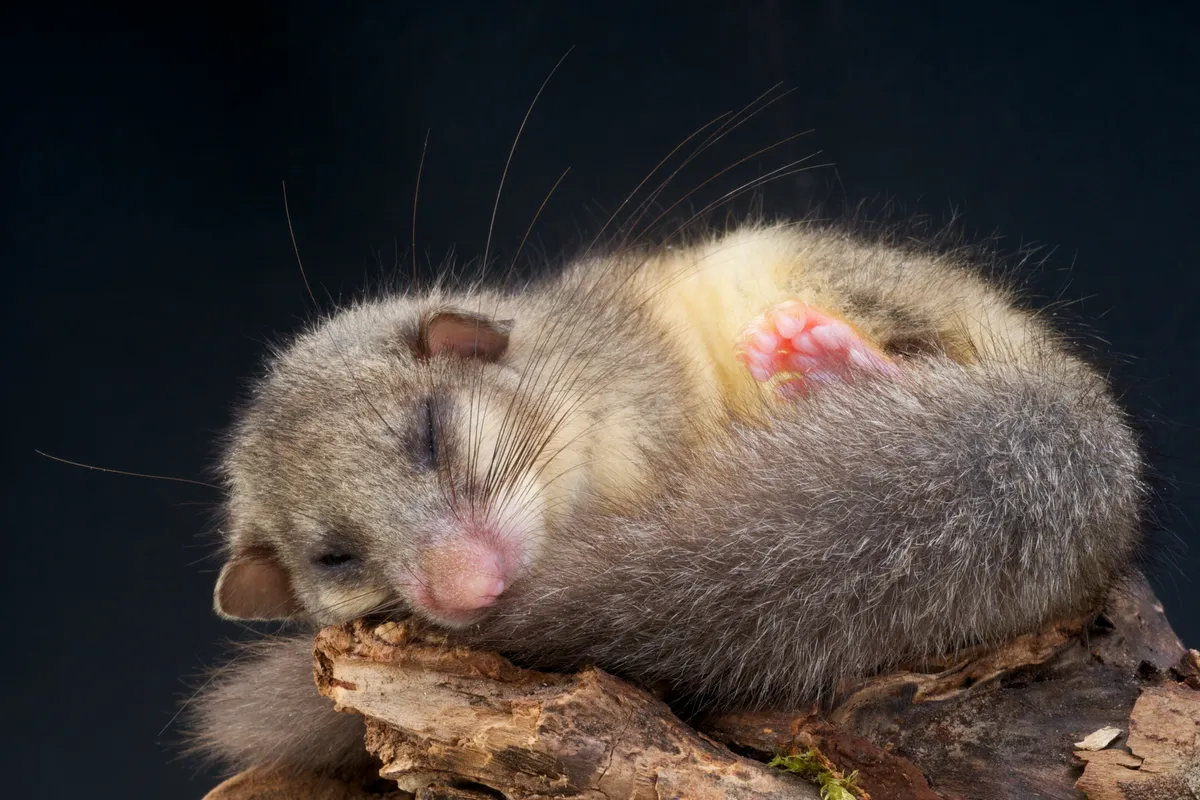
Like its cousin, the hazel dormouse, the non-native edible dormouse also enters hibernation for winter. In preparation for this, it feeds on fruits and nuts in autumn – and is particularly associated with beech trees – doubling its body weight. Introduced to the UK in 1902, this species can be found within 35km of its release site in Tring, Hertfordshire, where it can become a nuisance by taking up residence in roof spaces.
European badger (Meles meles)
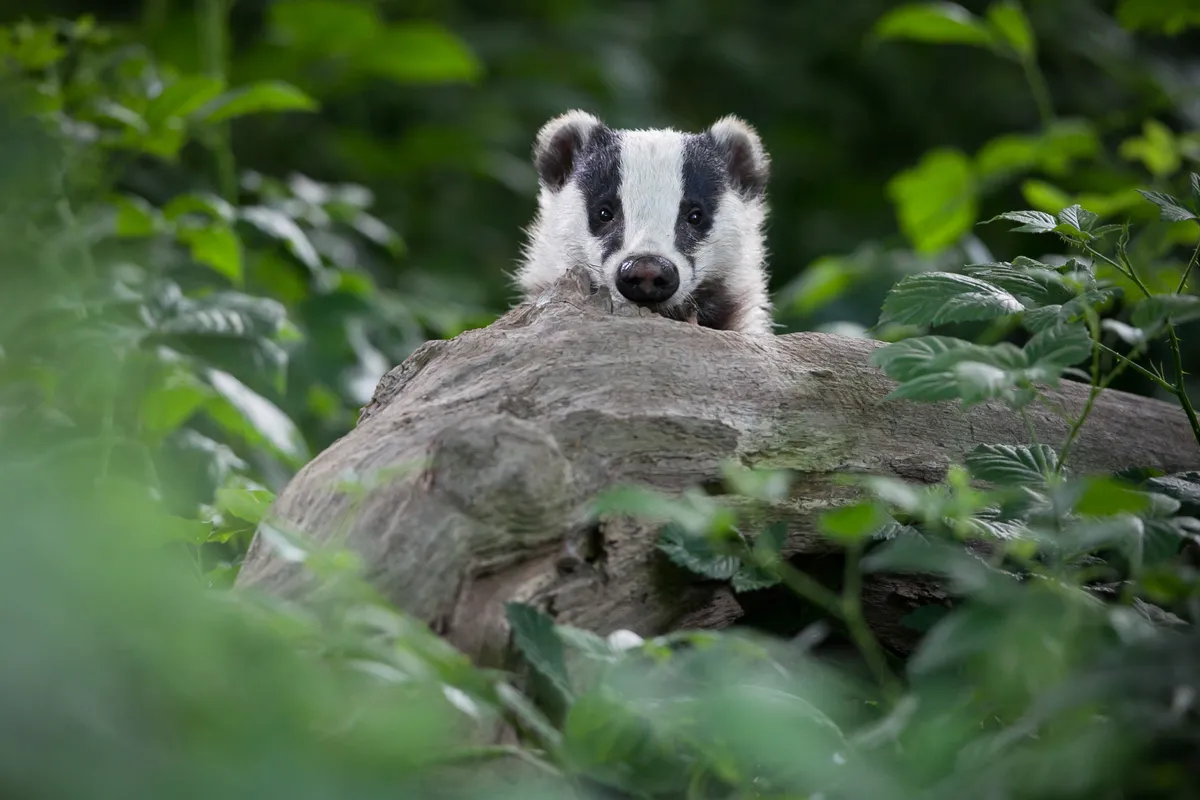
Badgers undergo torpor instead of hibernation in winter, where they can spend days – and even weeks – in a deep sleep, sometimes referred to as winter rest. They spend autumn building their fat reserves and collecting bedding, so that they can sleep in a snug, comfortable sett. During the winter months they even have a special area of the sett to use a latrine. Delayed implantation of fertilised eggs occurs in December, and cubs are typically born in February.
What is a tautonym?
Both the European edible dormouse (Glis glis) and the European badger (Meles meles) are examples of tautonyms, where the genus and species name are the same. Find our more about tautonyms.
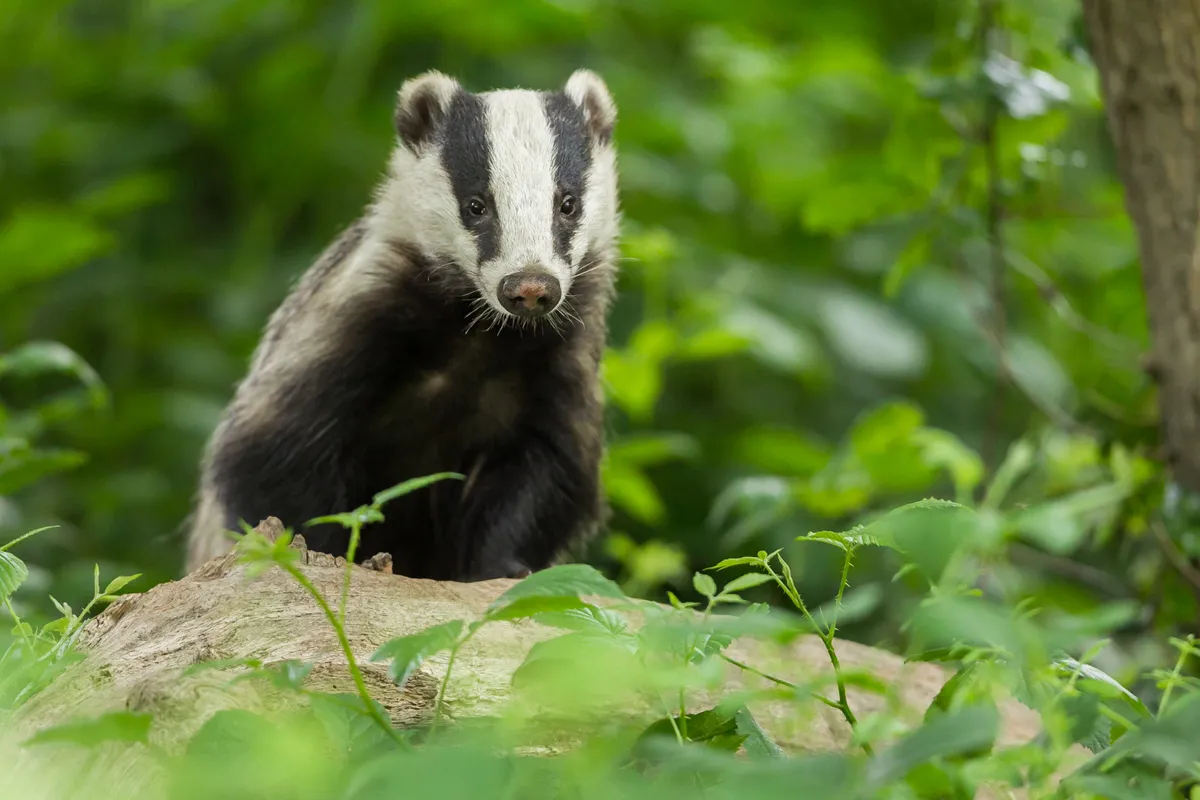
Red squirrel (Scirus vulgaris)
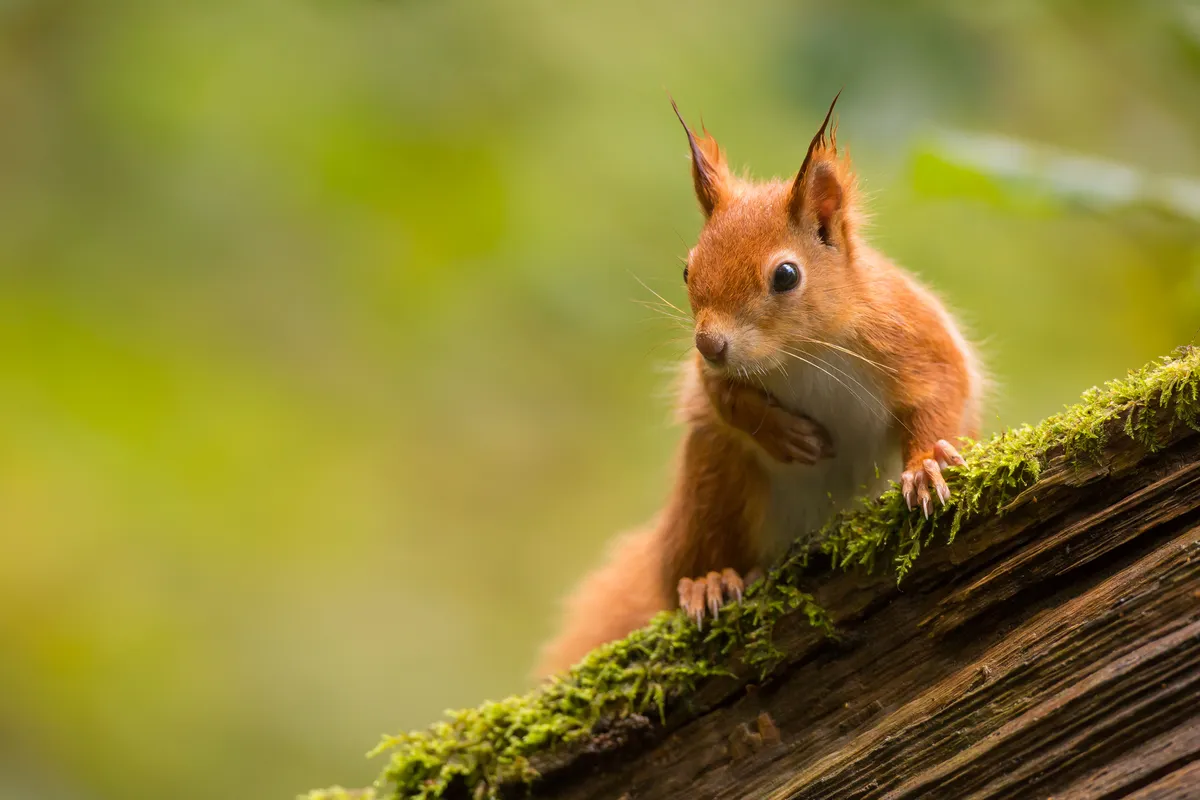
It’s often thought that red squirrels hibernate over winter in their nests, but they don’t. However, they do spend more time asleep in their nests, known as dreys, sometimes sharing them with others. In autumn, a red squirrel is busy caching food, such as nuts and fungi, underground or in tree holes in preparation for when food is scarce overwinter. Snow isn’t too much of a hindrance for red squirrels as they can retrieve buried nuts beneath a foot of snow.
Water vole (Arvicola amphibus)
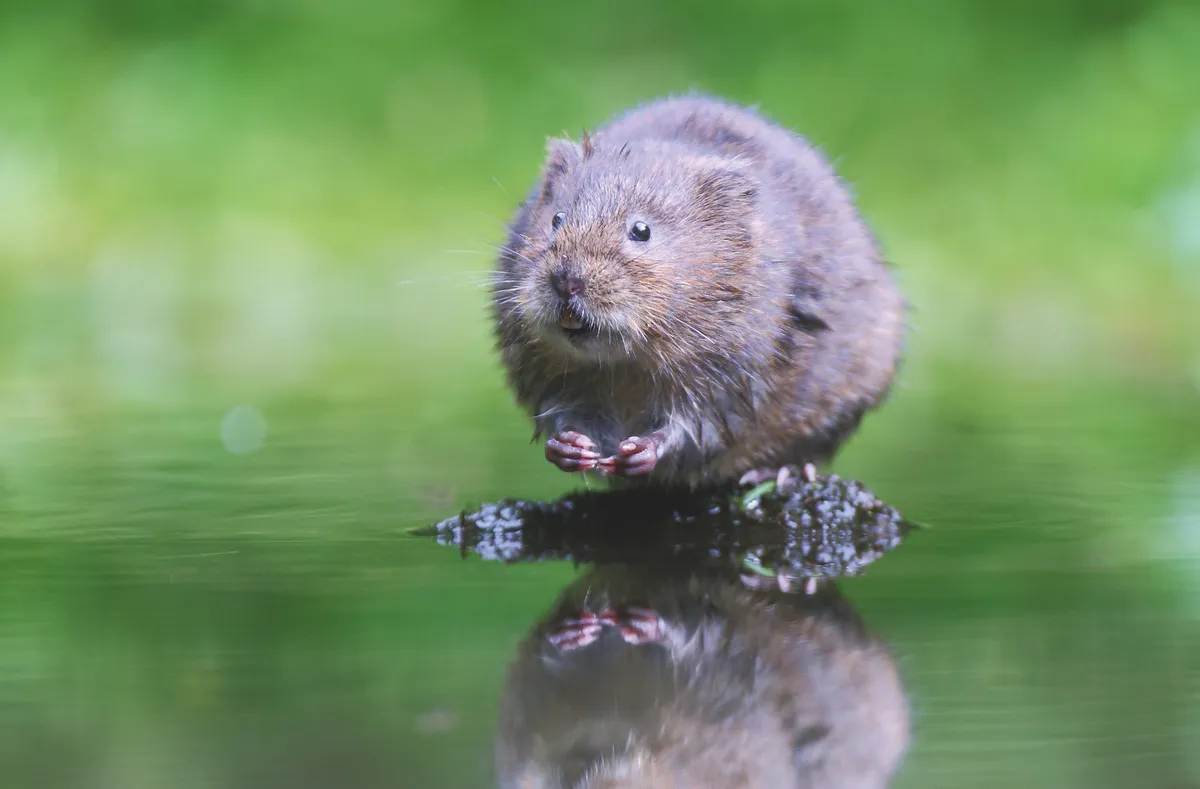
‘Ratty’ from The Wind In The Willows doesn’t hibernate but undergoes torpor instead. In autumn, a water vole will be putting on body weight and collecting food to store, but may also venture outside to forage if the weather is mild enough. In spite of these preparations, water vole populations can be reduced by around 70% in winter as older adults and underweight youngsters fail to make it through the season.
Common European adder (Vipera berus)
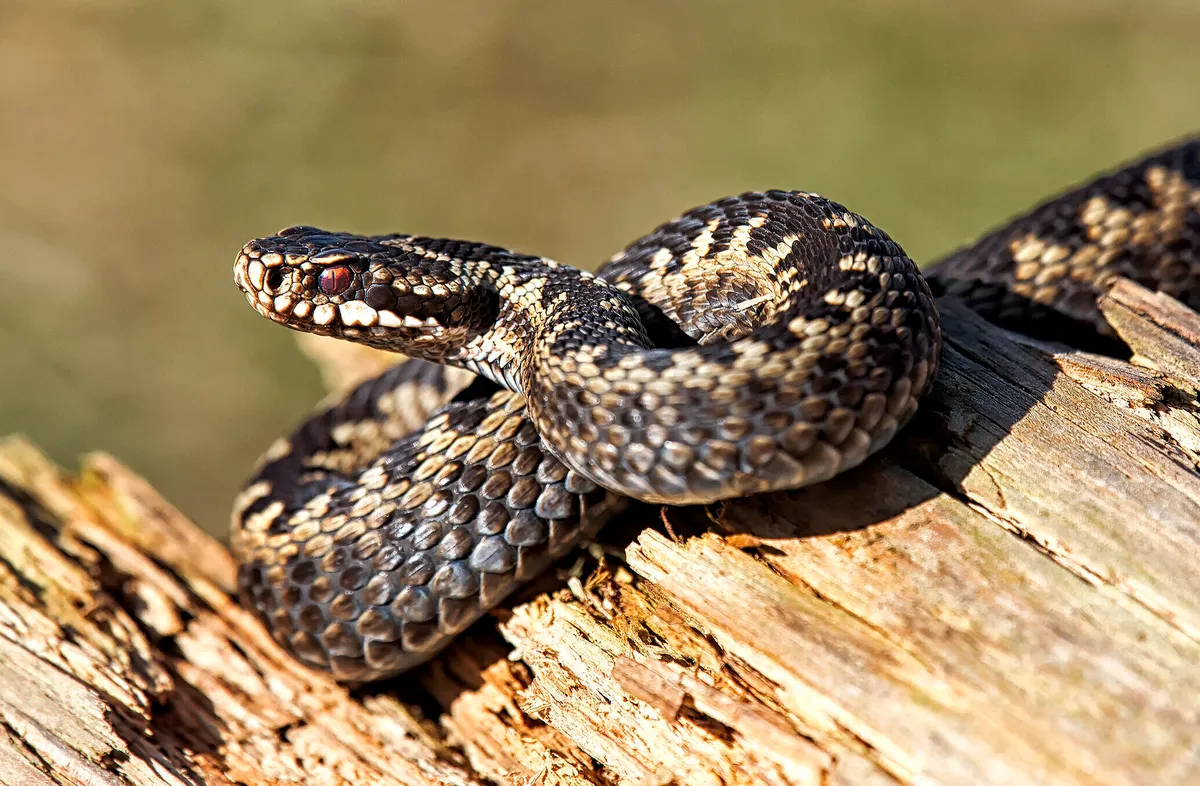
The only venomous native snake in the UK, the adder is actually quite a shy animal that will usually try to avoid humans. One of the best times to spot it is when it begins to emerge from hibernation in spring, spending its days basking in the sun. Males emerge before the females. If you’re lucky, you might spot the beautiful adder dance, where two males wrestle with each other in a competition to mate with a female.
Common frog (Rana temporaria)
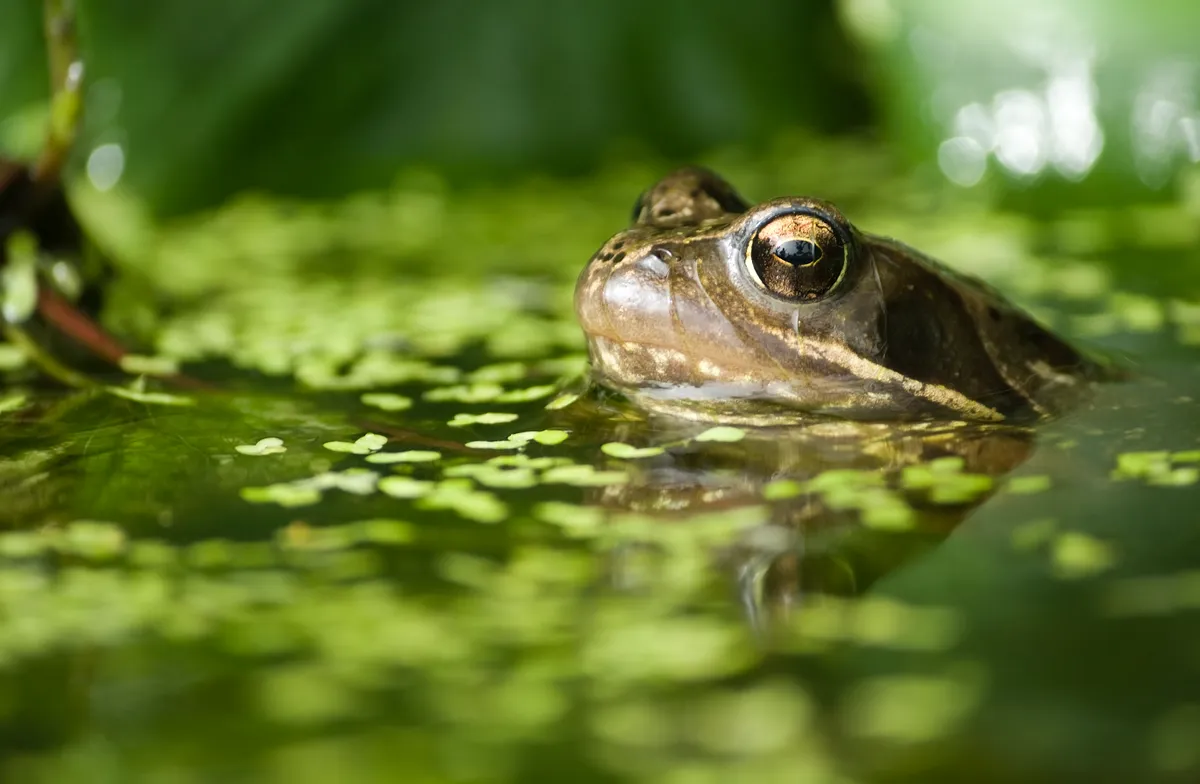
As an ectotherm with permeable skin, a common frog needs to spend the winter where it will be protected from the cold without drying out – usually underground, under a shed or in a compost heap. Sometimes a frog will hibernate at the bottom of a pond, but this carries risks – either through a lack of oxygen, particularly if the pond freezes over, or the danger of freezing to death in very bad periods of weather such as prolonged deep freezes.
Ladybirds (Coccinellidae)
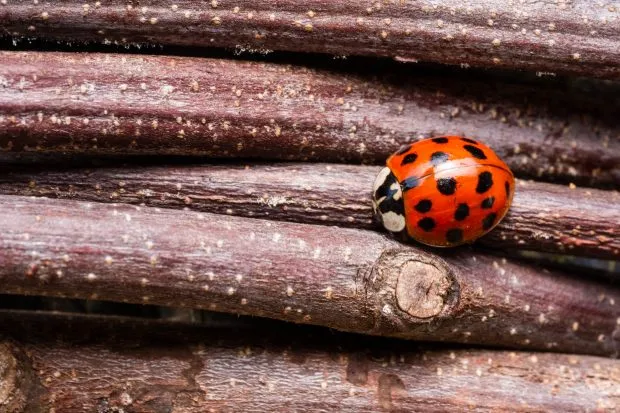
Ladybirds hibernate over winter in their most iconic life stage – the colourful and spotted adult form – tucking themselves into bark crevices, underneath leaf litter, in sheds and in our houses. Some species do so alone, whilst others form groups. The most notable of the hibernating ladybirds are the non-native invasive harlequin ladybirds, which form large groups and are often found on window frames. Look closer and you might spot the occasional different species, such as the two-spot ladybird, hibernating with them.
Peacock butterfly (Aglais io)
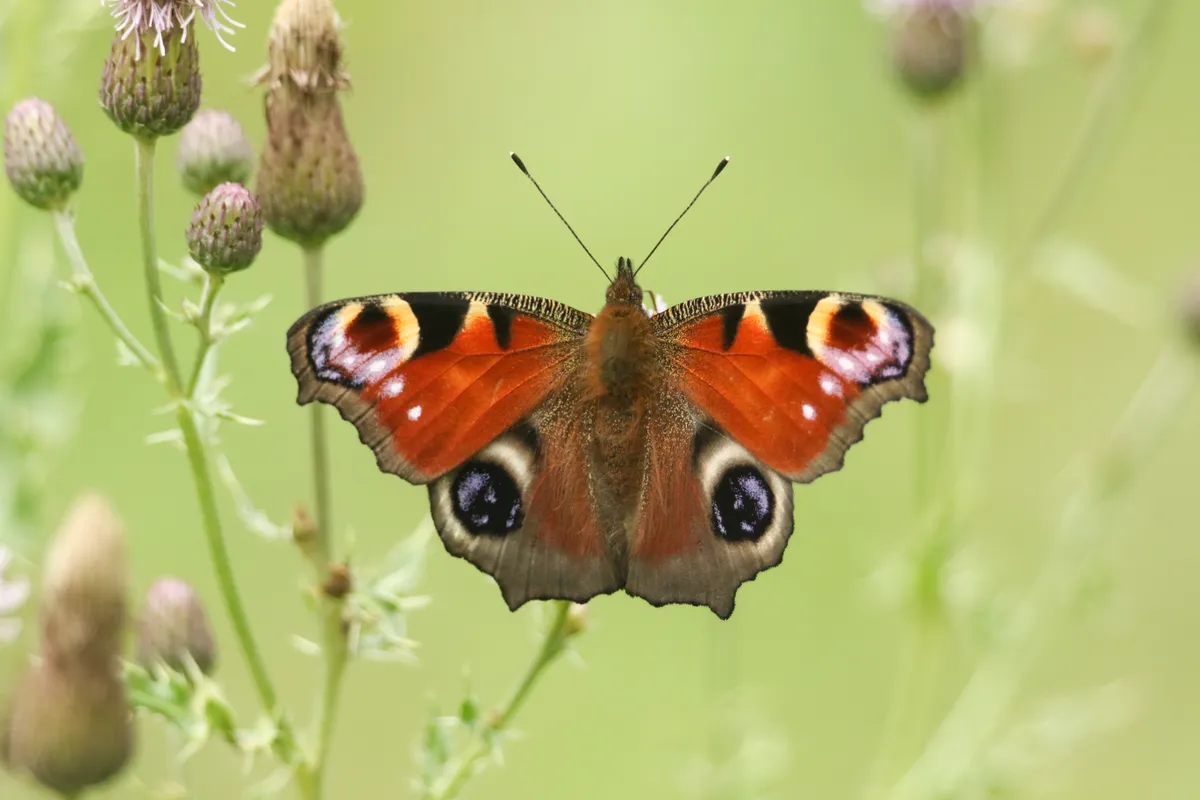
Only a few UK butterflies species overwinter as adults, including brimstone, comma, small tortoiseshell and peacock. The latter two are more likely to be found inside houses (where they are often disturbed by central heating). If you find and disturb a peacock, you may be rather startled by it – did you know a peacock butterfly can actually hiss? Displaying its four eyespots and flicking its wings to create a hissing noise, it is trying to put off a potential predator.
Herald moth (Scoliopteryx libatrix)
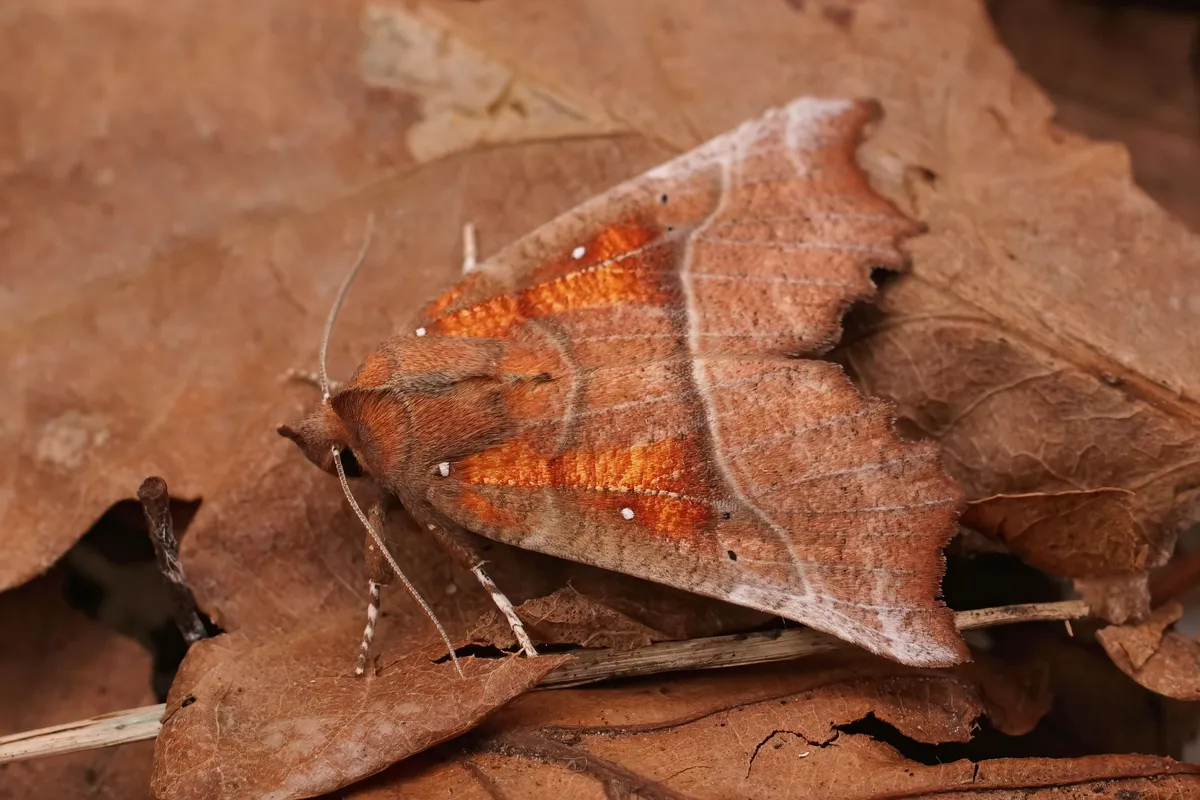
A few moth species also overwinter as adults, once of the most notable being the herald moth with its distinctive orange patches, white spots and ragged edges to its forewings. As the cold weather sets in, it seeks out a cool, dark location in which to spend the winter – sheds and outbuildings, cellars, caves, mines, culverts. In Scotland, Butterfly Conservation are running a citizen science project called Hibernating Heralds to map the distribution of this species.
